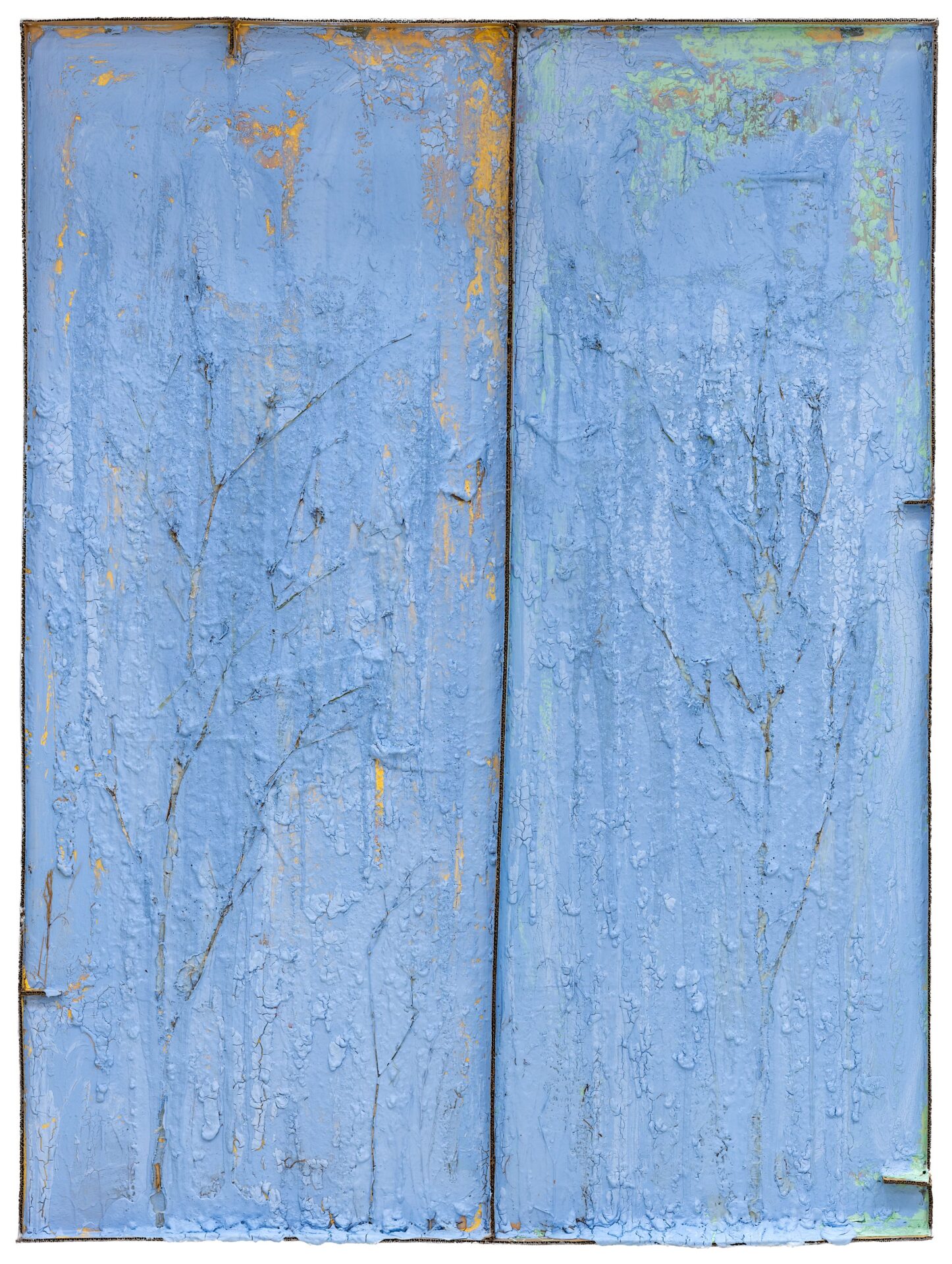Over the course of his career Carlos Bunga has practised mainly in the area of installation and sculpture, with works that combine materials such as cardboard, wood and adhesive tape, shunning the grandiloquence of traditional materials. His art is characterised by exploring the relationship between the architectural space and the sculptural object.
He studied at the Escola Superior de Artes e Design in Caldas da Rainha, Portugal. During his early years as an artist he was interested in performance and urban intervention, but he gradually developed his current sculptural approach.
Bunga’s work usually consists of large structures composed of simple, ephemeral materials, such as assembled cardboard and adhesive tape, for, as the artist himself says, “they reflect the fragility of life”.1
Over the years he has managed to consolidate a unique style that allows him to experiment with the dimensions of space and with materials. His contemporary pieces have achieved great visibility in a number of countries, both for the quality of his creative work and for his innovative approach.
Among Bunga’s most important exhibitions are Contra la extravagancia del deseo at the Museo Reina Sofía in Madrid in 2022, Carlos Bunga: Something Necessary and Useful at the Whitechapel Gallery in London in 2020 and Carlos Bunga: Doubled Architecture at the Museum of Contemporary Art Detroit (MOCAD), United States.
The Hortensia Herrero collection includes two highly characteristic works by Carlos Bunga on cardboard, in which, as on so many other occasions, he uses monochrome.
